Earth Size Planets: In recent years, there has been an increased interest in planets, which are planets that have similar size and mass to Earth. This interest is due to the possibility that planets may have similar conditions to Earth, including the potential for liquid water and the existence of life. In this article, we will explore the concept of planets, their discovery, and what makes them unique in the universe.
What are Earth-Size Planets?
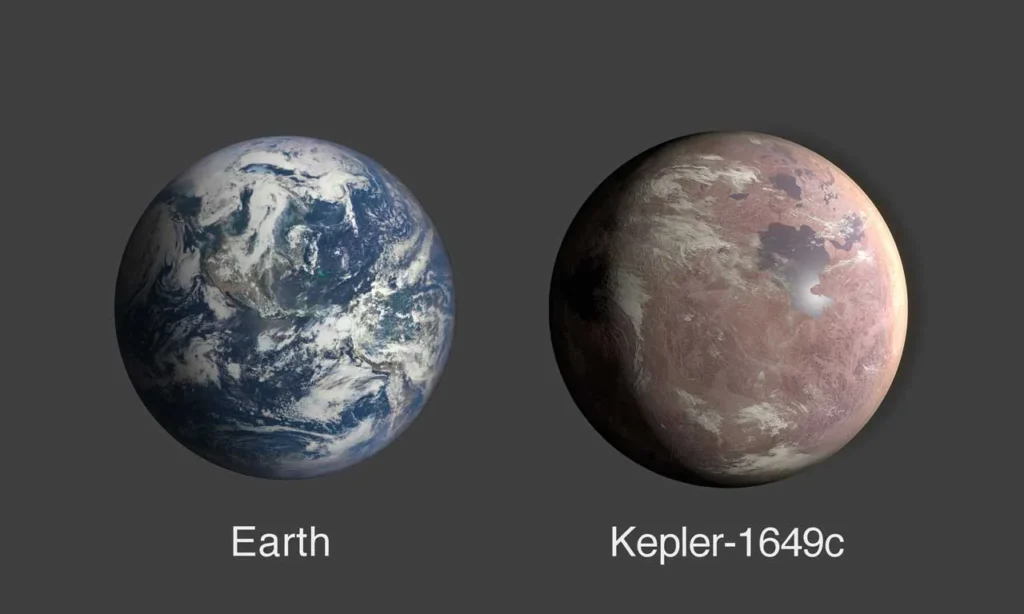
Earth-size planets are planets that are similar in size and mass to Earth, with a diameter of less than two times that of Earth. These planets are known as terrestrial planets, which are planets that have a solid surface. Terrestrial planets are distinguished from gas giants, such as Jupiter and Saturn, which are much larger and have a gaseous composition.
Planets are particularly interesting because they are believed to have similar conditions to Earth, including the potential for liquid water on their surface. Liquid water is essential for life as we know it, and the presence of water is considered to be a key factor in the habitability of a planet.
Discovery of Earth-Size Planets:
The discovery of planets has been made possible through advances in technology, particularly in the field of exoplanet detection. Exoplanets are planets that orbit stars other than our Sun, and they are typically detected through indirect methods.
One method of detecting exoplanets is through the transit method, which involves observing the dimming of a star’s light as a planet passes in front of it. This method is particularly useful for detecting planets, as they cause a smaller dip in the star’s brightness compared to larger planets.
Another method of detecting exoplanets is through the radial velocity method, which involves detecting the small wobble in a star’s motion caused by the gravitational pull of a planet orbiting it. This method can be used to detect larger planets, but it can also detect planets if they are orbiting close enough to their star.
The Kepler mission, launched by NASA in 2009, has been particularly instrumental in the discovery of planets. The mission used the transit method to search for exoplanets, and it has discovered thousands of planets.
What Makes Earth-Size Planets Unique?
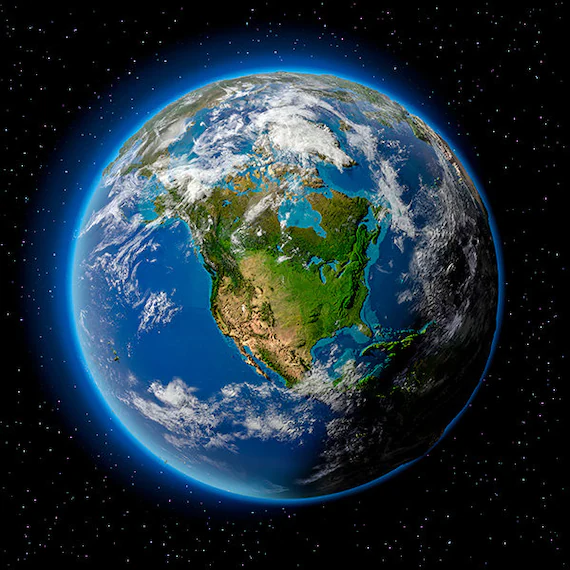
Earth-size planets are unique in the universe because they have similar conditions to Earth, including the potential for liquid water and the possibility of supporting life. While the discovery of planets does not necessarily mean that they are habitable or that life exists on them, it does provide hope that there may be other planets in the universe that can support life.
Planets also provide a valuable opportunity for studying planetary formation and evolution. By studying planets, scientists can learn more about the conditions that lead to the formation of planets and how these planets evolve over time.
Challenges in Studying Earth-Size Planets:
Studying planets is challenging due to their small size and distance from Earth. The transit method and radial velocity method are both limited in their ability to detect planets, particularly those that are further away from their star.
In addition, studying planets requires advanced telescopes and instruments that are capable of detecting the small signals that these planets produce. The James Webb Space Telescope, set to launch in 2021, is expected to provide significant advancements in the study of exoplanets, including planets.
Planets are a fascinating and important topic in astronomy and planetary science. These planets are unique in the universe due to their similarity to Earth and their potential for supporting life. While there is still much to learn about planets, advances in technology and ongoing research are providing new insights into these mysterious and intriguing planets.
Read Also: What is Auroras ?
![]()

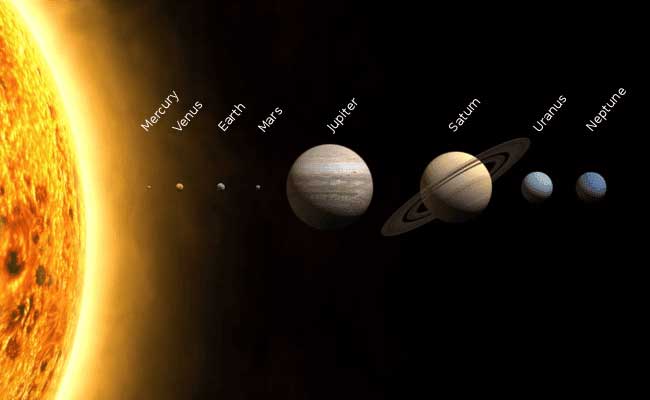
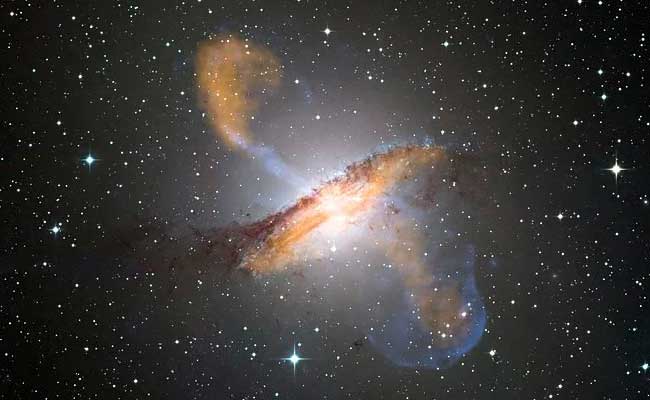


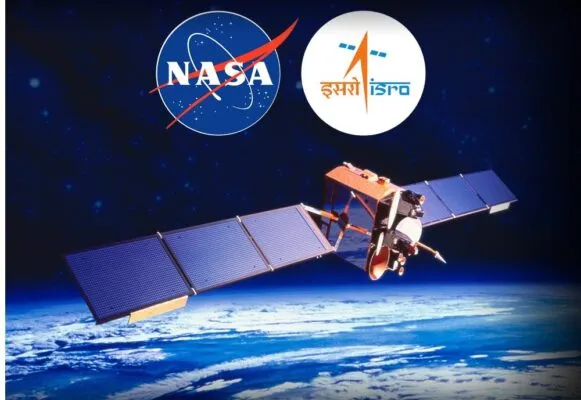
One thought on “Earth size Planets”